Great bathroom lighting is composed in layers
Bathroom wall lights are a sensitive element that can make or break your bathroom experience. The bathroom has evolved from a utilitarian space into a private retreat, and most certainly a place for relaxation, escape and self-indulgence. Bathroom lighting must challenge to add flourishes to the interior design scheme while providing practical and functional lighting. Good lighting must be composed in layers. Ambient lighting is the base layer of lighting that makes navigating the bathroom visually comfortable and establishes the overall impression users have of the space. Task lighting creates ample, focused light to support visual performance. Accent lighting creates visual interest by directing concentrated beams of light on objects.
Wall lighting should never be underrated
Bathroom wall lights are very versatile light fixtures in that they can be used to serve the ambient, accent, or task layer of lighting. Overhead lighting is the obvious option to provide overall ambient light in the room. However, a single overhead light fixture like a ceiling light, pendant or chandelier can create unpleasant shadows that restrict your vision as you shower or dress. Incorporating decorative wall sconces can compensate for where the overhead lighting doesn’t reach. Wall sconces don’t take up table or floor spaces. They hug close to the wall and easily fit into narrow and out-of-the-way places. Not only can wall sconces furnish ambient lighting, decorative fixtures also constitute a very decorative element with their sculptural design. As accent pieces, sconces can be used to highlight artwork and architectural details. Thoughtful placement of wall-mounted fixtures elevates light itself to an essential role in the overall design schematic.
Vanity lighting
The most important bathroom lighting is at the vanity. Vanity lighting gets top consideration because a wide variety of tasks, such as shaving, cleaning, grooming and applying makeup, are done in the vanity area. Light fixtures that serve to accomplish a mirror image is referred to as vanity lights. Task lighting at the vanity is best delivered by mounting two sidebar fixtures at the eye level so as to provide vertical cross illumination. The symmetry creates visual balance and leaves no part of the face in shadow that overhead lights tend to cast. Large vanity mirrors are usually fitted with horizontal wall fixtures. However, vertical cross illumination should be provided wherever possible in order to eliminate shadows under eyes, nose, and chin cast by the mirror-top lights.
Technological transition
Solid state lighting based on LED technology is on the rise and opens up far-reaching options in virtually all aspects of lighting, which include energy efficiency, photometric performance, fixture design, lighting control, etc. The essentials of good bathroom lighting never change. LED lighting not only significantly outperforms incandescent or fluorescent lighting technologies in terms of efficacy and operational life, but also allows for a seamless combination of aesthetics and functionality. Bathroom wall lights no longer have to be designed in a lamp-based configuration which makes the fixture bulky, optically inefficient, and less architecturally adaptable. The use of LED replacement bulbs that come in the same form factor, sizes, and optical pattern with their corresponding predecessors facilitates the technological upgrades in lamp-based fixtures. However, LED light bulbs are transitional products that have developed with compromises in efficiency, thermal management and driver reliability. High value operational features and creative form factors require a high level of systems integration.
Integrated wall lights
Integrated LED wall lights are designed around the light distribution and visual aesthetic requirements, rather than providing lamp holders as with lamp-based fixtures that leave little room for optical control, aesthetic improvement, and integration of sophisticated controls. LED technology gives designers unprecedented flexibility to conceive creative lighting designs that aren’t bound by current ideas of size and form. The small size and solid state nature of LEDs allow the depth and volume of a luminaire to be significantly reduced. The discrete, compact light source provides greater flexibility in adapting to the photometric and architectural requirements. Integrated LED wall sconces come mostly in transitional and contemporary styles. From the sleek lines to the fluid curves, bathroom wall lights with integrated design will impress, inspire and empower. LED vanity lights are generally designed as light bars which use high density LED strips to deliver uniform lighting across the entire run. They usually carry a minimalist aesthetic with a sleek and refined look.
Color quality
Unlike other wall-mounted fixtures that are designed to create visual punch, bathroom vanity lights are used to illuminate the face. Thus visual comfort is especially a priority in vanity lighting. LED vanity lights use opal diffusers to soften the harshness of LEDs. In addition to glare control, vanity lighting should contribute to an intimate setting with its flattering light. The spectral power distribution (SPD) of the light source affect the color of light and the color appearance of objects illuminated by the light source. The correlated color temperature (CCT) describes the apparent color of the light. The most popular CCT choice in residential applications is 2700 to 3000 K. Warm light sources such as these contain more red wavelengths. The warm glow is most flattering to skin tones and may help with the natural hormone cycles. A light source is also characterized by its color rendering index (CRI). LEDs differ widely in their spectral makeup. For a bathroom vanity light to render the face such that it appears pleasing and natural, the LEDs should have a minimum CRI Ra value of 90 and an R9 value of 25.
Electrical
Bathroom wall lights are usually line-powered. LED wall lights that run off an AC power source are powered by a co-located or remote driver which converts AC power into DC power and regulates the amount of electrical power applied to an LED array. The driver is critical to the efficiency, reliability and electrical safety of an LED luminaire. Dimming is often part of a lighting control strategy in interior applications. In this case the driver must be dimmable and compatible with phase control dimmers or other dimming control protocols such as 0-10V.
Safety
Electrical safety is very important in a bathroom. Even though bathroom wall lights are mounted outside IEE zones 0, 1, and 2 areas which don’t require the light fixture to carry a high ingress protection (IP) rating, it’s always a good practice to use light fixtures that protect the light engine and electrical components against the condensation, humidity, and sprays of water within the territory. Fixtures for use in areas where there is a risk of exposure to condensation must be damp-rated. For applications where there is the risk of contact with direct flowing water or moisture, the fixture must be wet-rated.

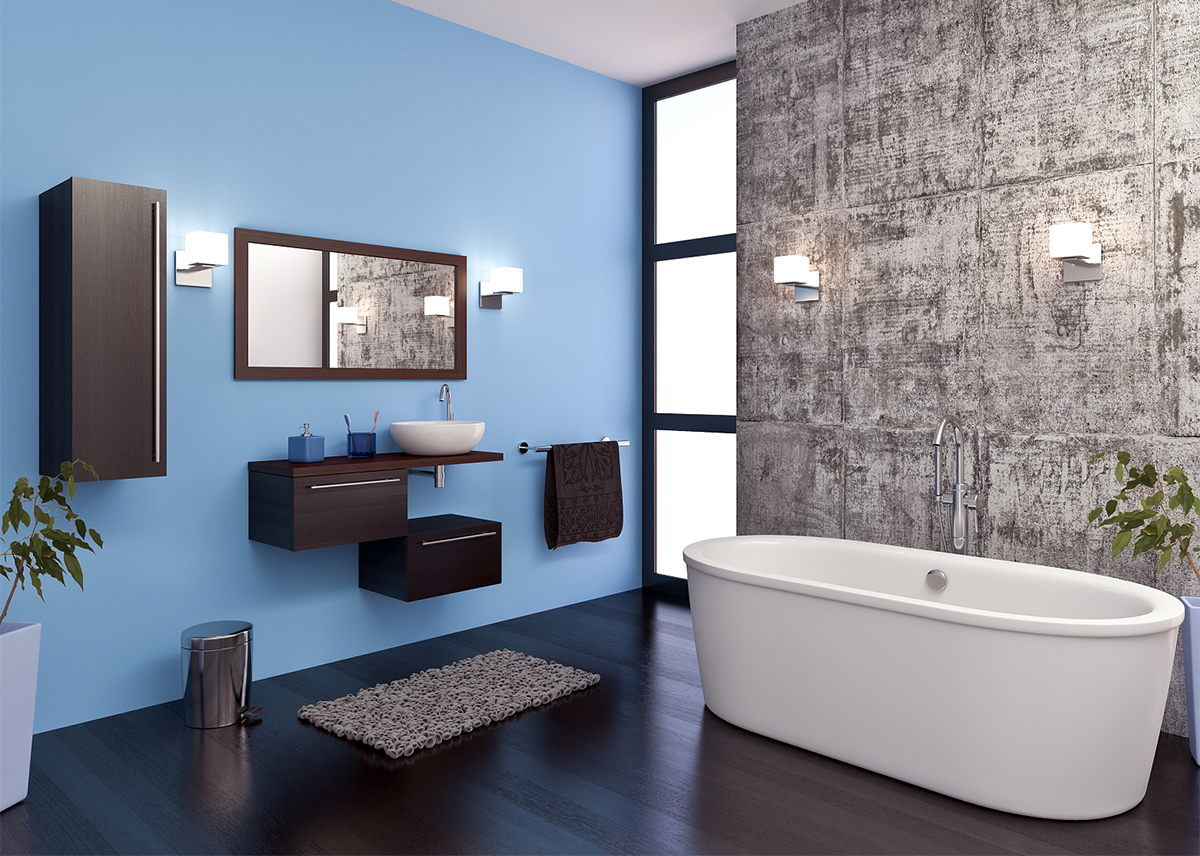
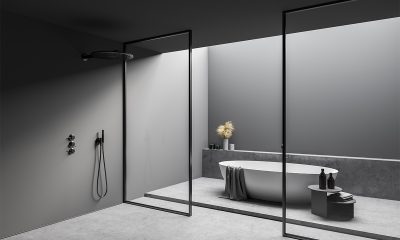
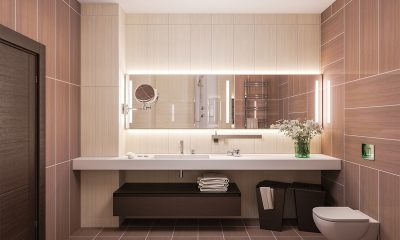
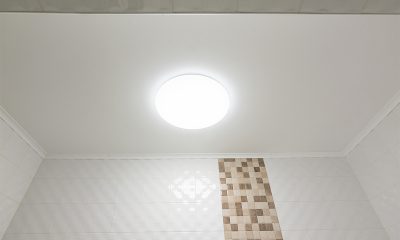
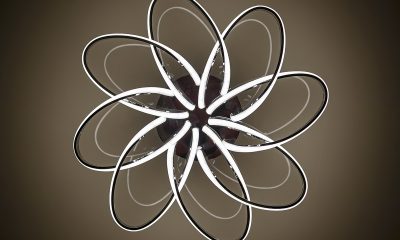
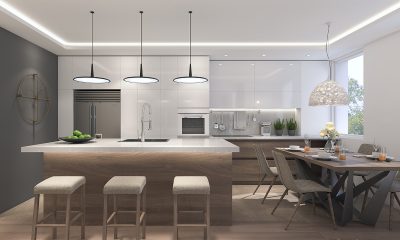
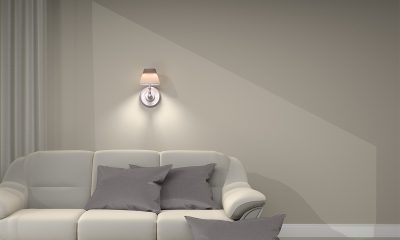
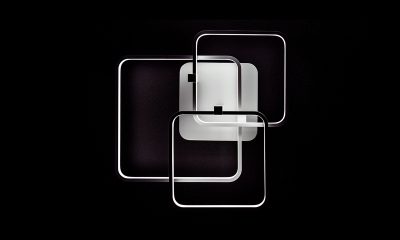
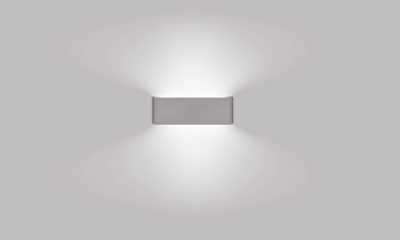

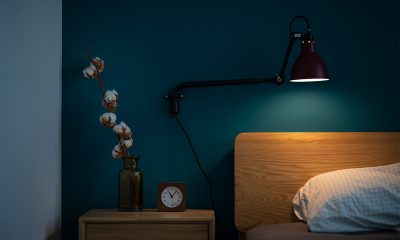

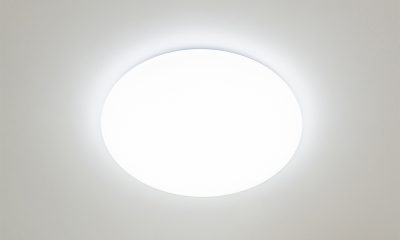





Loading...